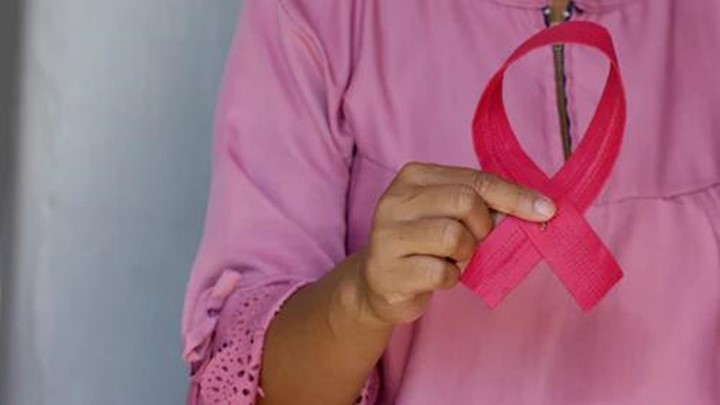Detecting cancer at an early stage can significantly increase the chances of a positive outcome. While routine cancer screening tests are available, there are also several steps that can be taken at home to detect cancer early.
The World Health Organization has been working on sensitization of health matters. You can learn more about WHO cancer data here.
In this article, we will explore how to detect cancer early at home.
What is Cancer?
Cancer is a group of diseases characterized by the uncontrolled growth and spread of abnormal cells in the body. Normal cells in the body grow, divide, and die in a controlled manner, but cancer cells grow and divide uncontrollably and do not die when they should. These abnormal cells can form tumors, invade nearby tissues and organs, and spread to other parts of the body through the bloodstream or lymphatic system.
There are many types of cancer, each with its own set of symptoms, risk factors, and treatments. Some of the most common types of cancer include breast cancer, lung cancer, prostate cancer, skin cancer, and colorectal cancer. Cancer can occur in any part of the body, including the bones, blood, and organs such as the liver, pancreas, and kidneys.
How to detect cancer early at home
1. Know Your Body
The first step to detecting cancer early at home is to know your body. Pay attention to any changes in your body, such as new lumps or bumps, changes in skin color or texture, changes in bowel or bladder habits, persistent cough or hoarseness, and unexplained weight loss. If you notice any unusual changes, see your healthcare provider right away.
2. Perform Self-Exams
Self-exams can help detect cancer early by allowing you to become familiar with your body and notice any changes. There are several types of self-exams that can be performed at home:
- Breast self-exam: Women should perform a monthly breast self-exam to check for any changes in breast tissue, such as lumps or bumps. If you notice any changes, see your healthcare provider.
- Skin self-exam: Check your skin regularly for any changes in moles or birthmarks, and any new growths or sores that don’t heal.
- Testicular self-exam: Men should perform a monthly testicular self-exam to check for any changes in the size or shape of the testicles.
3. Use Screening Tools
There are several screening tools available that can be used at home to detect cancer early:
- Colon cancer screening kit: These kits test for hidden blood in the stool, which can be a sign of colon cancer. They can be purchased over the counter and used at home.
- HPV test: This test can be done at home and screens for the human papillomavirus (HPV), which can cause cervical cancer.
- PSA test: This blood test screens for prostate-specific antigen (PSA), which can be elevated in men with prostate cancer.
4. Maintain a Healthy Lifestyle
Maintaining a healthy lifestyle can also help reduce the risk of developing cancer and detect cancer early. Here are some lifestyle changes that can help:
- Eat a healthy diet: A diet rich in fruits, vegetables, and whole grains can help reduce the risk of developing cancer.
- Exercise regularly: Regular exercise can help reduce the risk of developing cancer and improve overall health.
- Avoid tobacco and alcohol: Tobacco and alcohol use can increase the risk of developing several types of cancer, including lung, throat, liver, and breast cancer.
5. Get Routine Screenings
Routine cancer screenings can also help detect cancer early. Talk to your healthcare provider about when to begin routine screenings and how often they should be done. Some common cancer screenings include:
- Mammogram: A mammogram is a screening test for breast cancer that uses X-rays to detect abnormalities in breast tissue.
- Pap test: A Pap test is a screening test for cervical cancer that involves collecting cells from the cervix for analysis.
- Colonoscopy: A colonoscopy is a screening test for colon cancer that involves inserting a flexible tube with a camera into the colon to look for abnormalities.
You may wish to learn about common cancer falsehoods debunked in this post.
In Conclusion
Detecting cancer early at home is an important part of cancer prevention and early detection. Knowing your body, performing self-exams, using screening tools, maintaining a healthy lifestyle, and getting routine screenings are all important steps that can be taken to detect cancer early. If you notice any changes or have concerns, see your healthcare provider right away.

